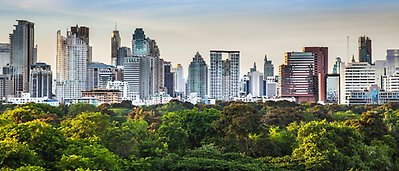Functional landscapes in cities: a systems approach
Summary
Human enterprise and endeavour increasingly influence global processes of change, from the planetary scale down to the very local. Cities are hubs of human activity, and as the places where the majority of the world’s population live we must, when looking into an uncertain future, consider how we think about urban design. Cities are densely inhabited, lived-in landscapes where human presence and perceptions are deeply enmeshed with biophysical and built infrastructures. As such, they present complex mosaics of different habitats and competing uses, ever changing in response to human and physical drivers. If designed properly, green infrastructure can contribute many important functions to a city. Efforts to strategically make use of green infrastructure can benefit considerably from a systems perspective where linkages and cross-boundary dynamics are at the very least as important as individual components. Design, planning and governance of requirements for green infrastructure also extend far beyond biophysical elements and components. Recognition of interconnections between individual green spaces, green infrastructure and the built environment, the physical environment and diverse actors, and formal and informal governance arrangements—as outlined in the four design principles in this article—is a first important step towards a more comprehensive and inclusive approach, not least to green infrastructure planning and design.






